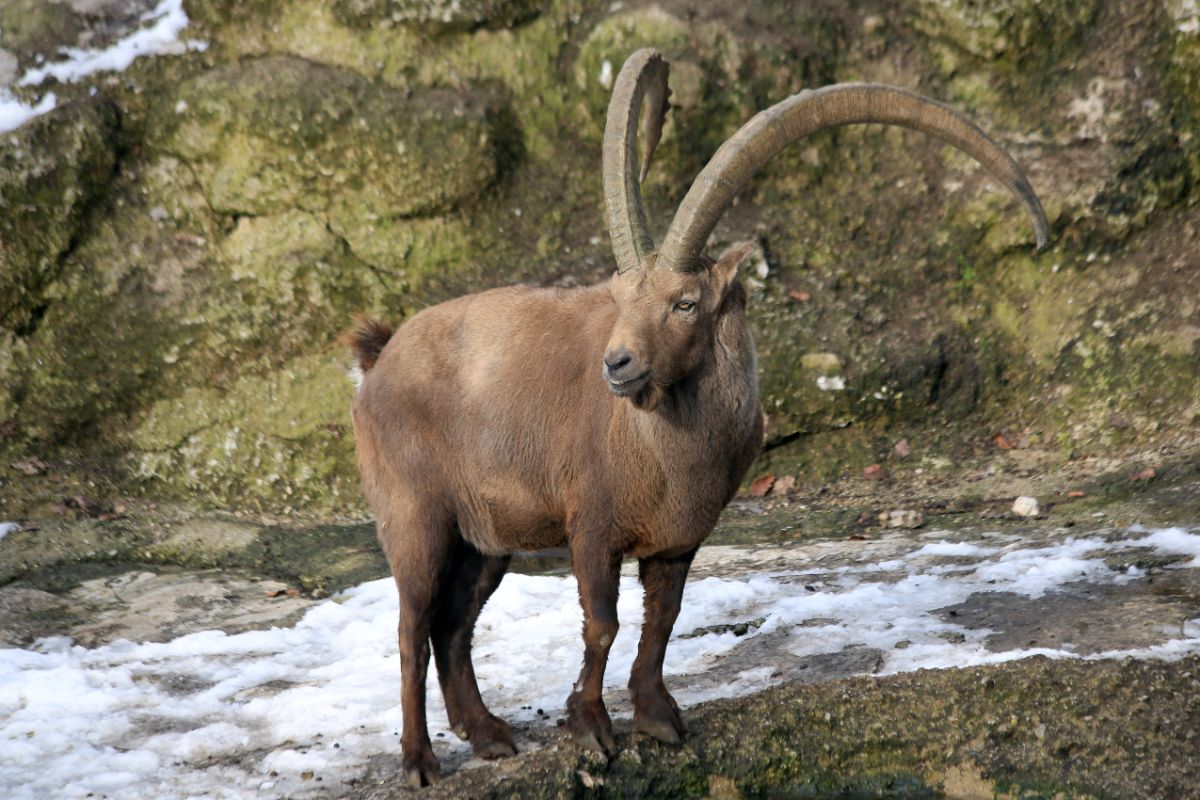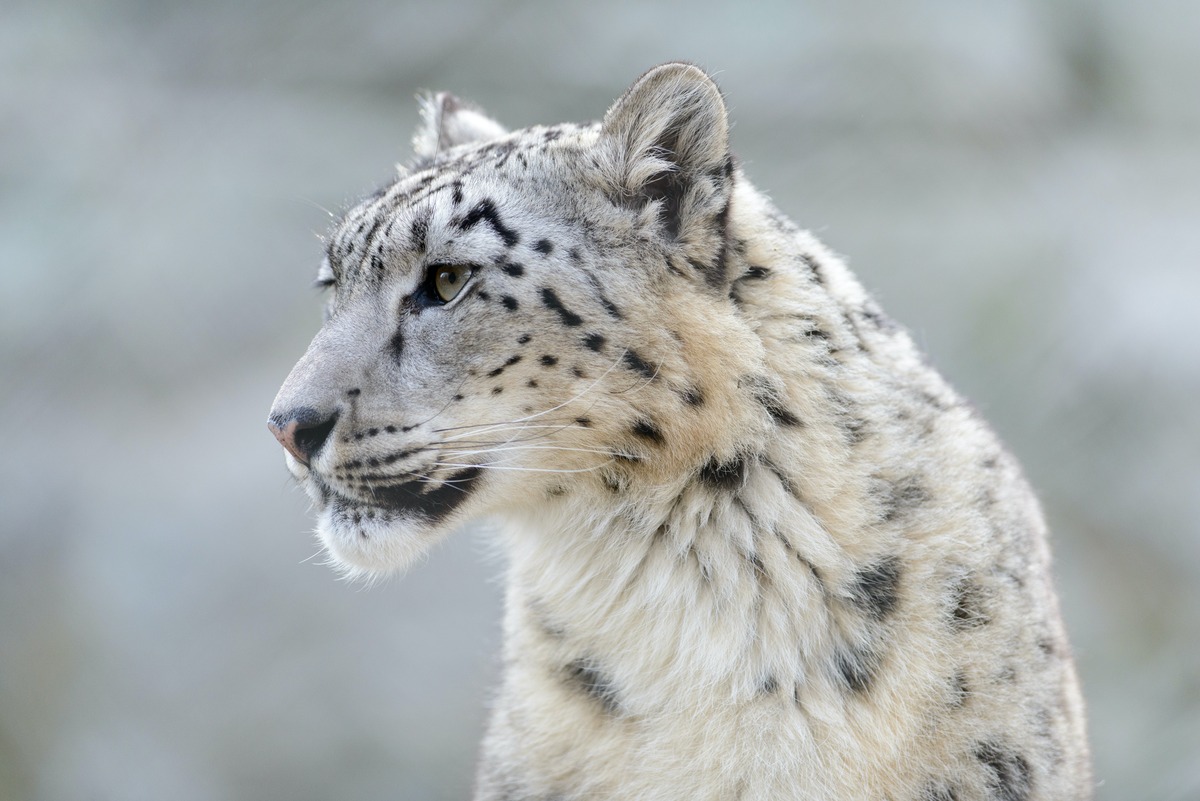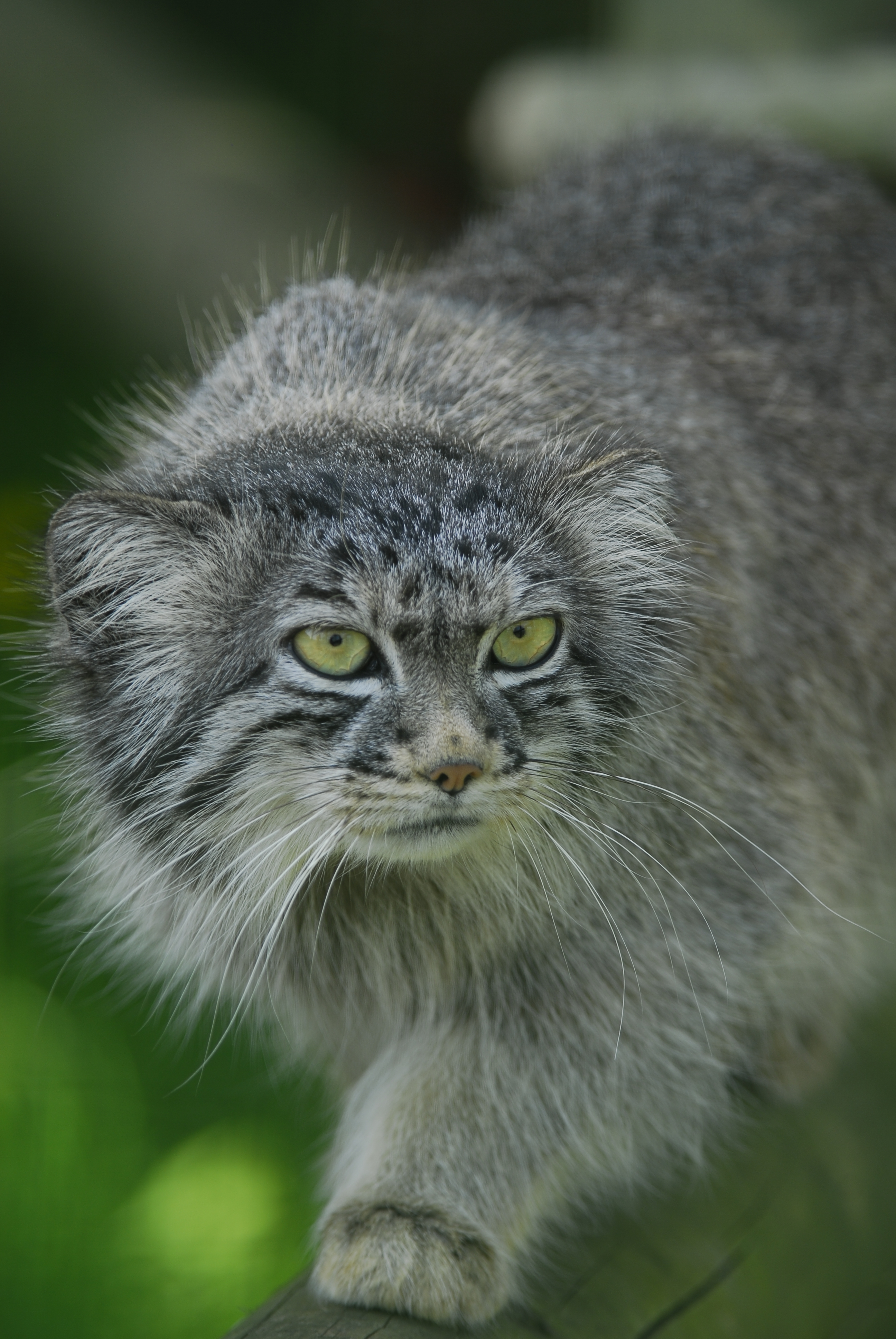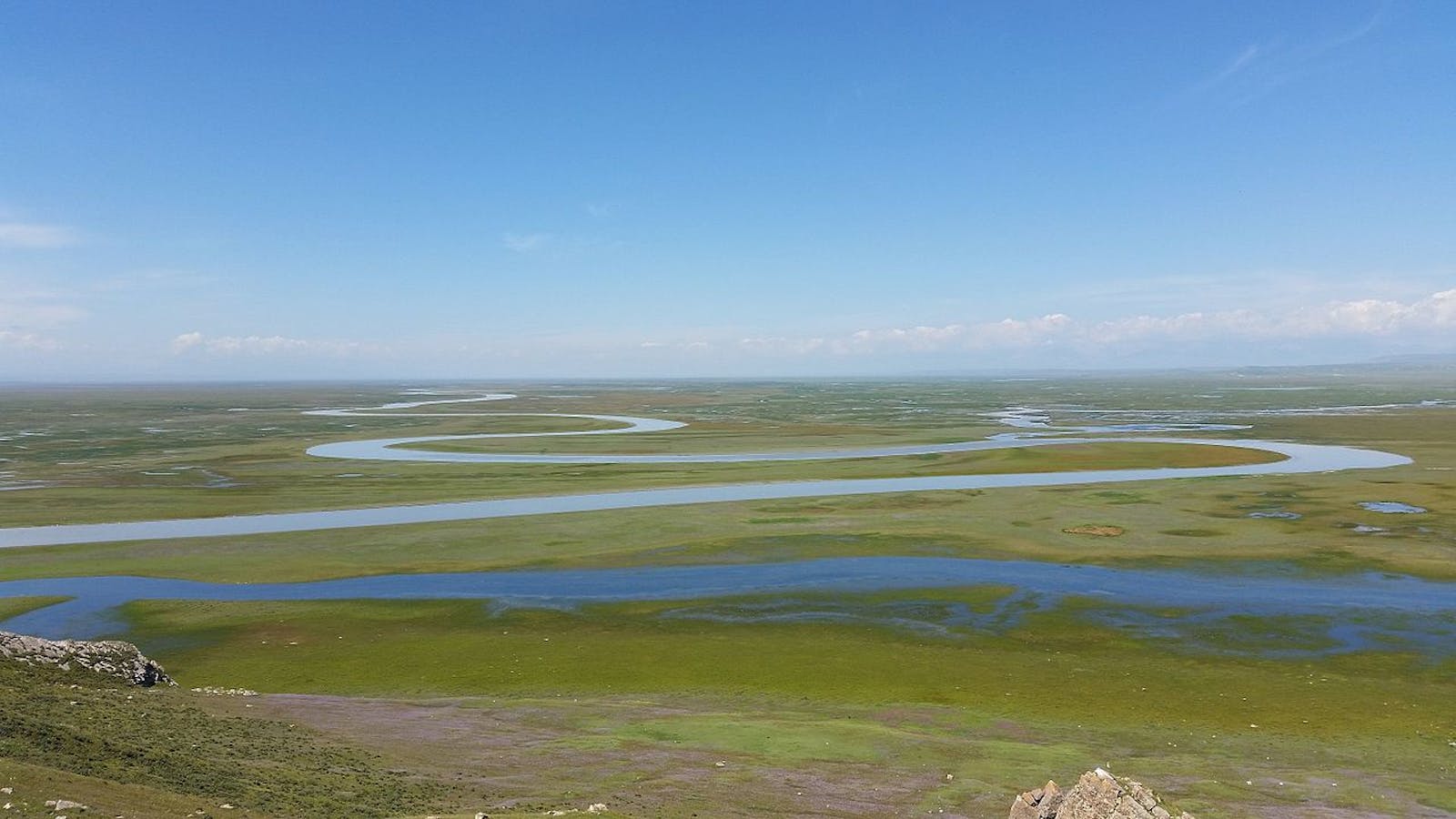Tian Shan Montane Steppe and Meadows
The ecoregion’s land area is provided in units of 1,000 hectares. The conservation target is the Global Safety Net (GSN1) area for the given ecoregion. The protection level indicates the percentage of the GSN goal that is currently protected on a scale of 0-10. N/A means data is not available at this time.
Bioregion: Tian Shan-Pamir Grasslands, Mountain Steppe & Conifer Forests (PA31)
Realm: Central Eurasia
Ecoregion Size (1000 ha):
28,077
Ecoregion ID:
767
Conservation Target:
58%
Protection Level:
1
States: China, Kazakhstan, Kyrgyzstan
As the Tian Shan mountain range attained its current high elevation more than two million years ago, it acquired an ecological niche for boreal and arctic species adapted to an environment cooler and wetter than the Central Asian norm. Species that colonized or evolved within this habitat comprise the Tian Shan Montane Steppe and Meadows ecoregion.
The flagship species of the Tian Shan Montane Steppe and Meadows ecoregion is the ili pika (ochotona iliensis).
To the south, the Tian Shan is separated from the Kunlun Mountains and the Tibetan Plateau by the broad, hyper-arid Tarim Basin and Taklimakan Desert. To the north are the Kazakh Shield and the broad Junggar Basin, another large desert. Despite their location in a very arid part of Central Asia, the Tian Shan range is high enough to intercept moist arctic air from the northwest, especially during winter. At the higher elevations, annual precipitation of 400 to 800 mm is enough to support subalpine conifer forests in some locations and a variety of steppe and meadow communities, stratified by elevation, over extensive areas throughout the range. At the lower elevations, annual precipitation totals 100 to 200 mm supports steppe grassland vegetation.
Here, and throughout Inner Asia, ‘steppe’ refers to a discontinuous plant cover with more exposed soil and fewer grass-like species; ‘meadow’ refers to a continuous cover of low-statured, herbaceous plants, grass-like or not. As is often the case in landscape ecology, these terms lie at opposite ends of a continuum, and there is a lot of middle ground.

Alpine ibex. Image credit: Manfred Wer, Creative Commons
On the wetter north side of the Tian Shan, three meadow types segregate by elevation. Mountain meadow lies below the spruce conifer forest at 1,600–1,900 m; sub-alpine meadow lies within and just above the forest zone at 2,500–3,000 m; alpine meadow occurs from 2,700 m up to the elevation of rock and permanent ice.
In the western part of the Tian Shan, the sub-alpine meadow–forest mosaic supports an assemblage of large mammals that includes the wild pig, Eurasian lynx, grey wolf, red fox, and a few brown bears. Most of these species venture upward into the alpine zone as well. Mustelids, small carnivores of the weasel family, prey on a variety of rodent species, including marmots, hamsters, and steppe lemming. Golden eagle, endangered Saker falcon, northern goshawk, and Eurasian kestrel are some of the resident birds of prey.
Alpine meadows are dominated by Kobresia and Carex sedges with an admixture of forbs that produce colorful, insect-pollinated wildflowers. Birds of the alpine meadow habitat include larks, accentors, rose finches, and the small, aerobatic crows called choughs. The bearded vulture, cinereous vulture, and Himalayan griffon vulture are relatively abundant in this ecoregion. Cushion plant vegetation is a distinctive component of the alpine vegetation on windy sites with stable soils. The cushion growth form is a spectacular example of convergent evolution, as many morphologically similar taxa bear little taxonomic affinity to one another.

Snow leopard. Image credit: Eric Kilby, Creative Commons
The arid south side of the Tian Shan has less meadow and inclines more to the steppe end of the continuum. Mountain steppe grassland forms a mosaic with spruce conifer forest in the drier eastern part of the range. Here, the small mammal fauna includes various rodent species and their predators: Eurasian badger, Pallas’s cat, and three species of weasel. Birds include raptors such as Pallas’s fish eagle, tawny eagle, pallid harrier, and Eurasian hobby. At lower elevations on the south slope, meadows occur around seeps and fens where ground water approaches the surface. South slopes also support meadows at the uppermost alpine elevations, above 2,800 m.
Periglacial habitats of the high alpine zone support a low density of snow leopards and their prey base: Asiatic ibex and argali sheep. Himalayan snowcock, a high-elevation pheasant, occurs here as well.
The endangered ili pika is endemic to a single locality in the Chinese part of the ecoregion near the Kazakhstan border. Fewer than 1,000 individuals of this small, short-eared member of the rabbit family inhabit rocky slopes above 2,800 m elevation. The ili pika was observed by scientists in the early 1990s and not again until 2014. Its grey facial fur is highlighted by vivid, rusty-red patches that seem to mimic in hue the veins of iron oxide that color its rocky talus habitat.

Pallas's cat. Image credit: Adrian Herridge, Creative Commons
The western Tian Shan includes seven protected areas within Kazakhstan, Kyrgyzstan, and Uzbekistan. Collectively they include 5,282 km2 of montane habitat (steppe meadow and forest). The main threats are intensive livestock grazing, logging, and hay collection. Poaching (argali and ibex) occurs in some areas. Management of individual protected areas has improved and is regarded by IUCN as adequate, but the transboundary management framework still needs to be improved.
The Eastern Tian Shan in China includes 6068 square kilometers of protected habitat, of which a higher proportion is steppe-meadow, as this region of the Tian Shan is arid and supports less forest habitat. Some of the protected habitats are also rock and ice. UNESCO reports a low level of threat as the area has no permanent habitation and limited infrastructure.
Priority conservation actions for the next decade are to 1) create a reserve for the conservation of ili pika; 2) work with local stakeholders to manage rangelands carefully and minimize conflict with predators like wolf and snow leopard; and 3) develop a conservation plan that is robust and adaptive to climate change impacts.
Citations
- Arnold, C. 2015. Unbelievably Cute Mammal With Teddy Bear Face Rediscovered. National Geographic, March 19, 2015.
- Carpenter C., 2000. Tian Shan montane steppe and meadows. https://www.worldwildlife.org/ecoregions/pa1019. Accessed November 2018.
- Ministry of Housing and Urban-Rural Development of the People’s Republic of China. 2012. World Heritage Nomination, Natural Heritage, China. Xinjiang Tianshan. https://whc.unesco.org/uploads/nominations/1414.pdf




